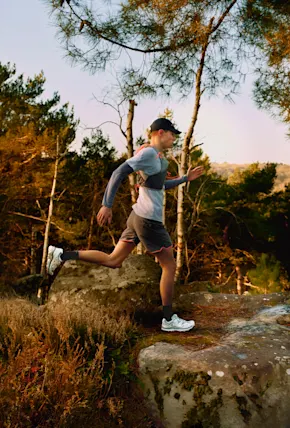Ed Note: Not all stories of fun and adventure end with a parking lot cheers. During the summer of 2019 writer and photographer Louis Otis learned this the hard way. Read on for his firsthand account of survival on the edge of a classic PNW peak. Be forewarned, this story features descriptions and images of a graphic nature. And a reminder to take it easy during the ongoing COVID-19 pandemic.
I was reading Touching the Void, the story of an epic climb gone wrong, on the flight to Vancouver. Seven months after moving to Europe, I was to be back in town for three weeks of outdoors fun. As we landed that Wednesday night, it felt like I was returning home.
On Friday morning, I walked the familiar streets to a friend's flat with my mountaineering gear in tow, ready for an ascent of Wedge Mountain by the beautiful Northeast Arête, a classic alpine route. I had climbed or ascended a lot of Pacific Northwest peaks when I lived in Vancouver, but this one somehow eluded me.
On the two-hour drive north to the Wedgemount Lake trailhead, our starting point, the familiar sights appeared one by one—the Lions, Howe Sound, the Stawamus Chief, and finally imposing Wedge Mountain, the highest mountain in British Columbia's Garibaldi Provincial Park.














